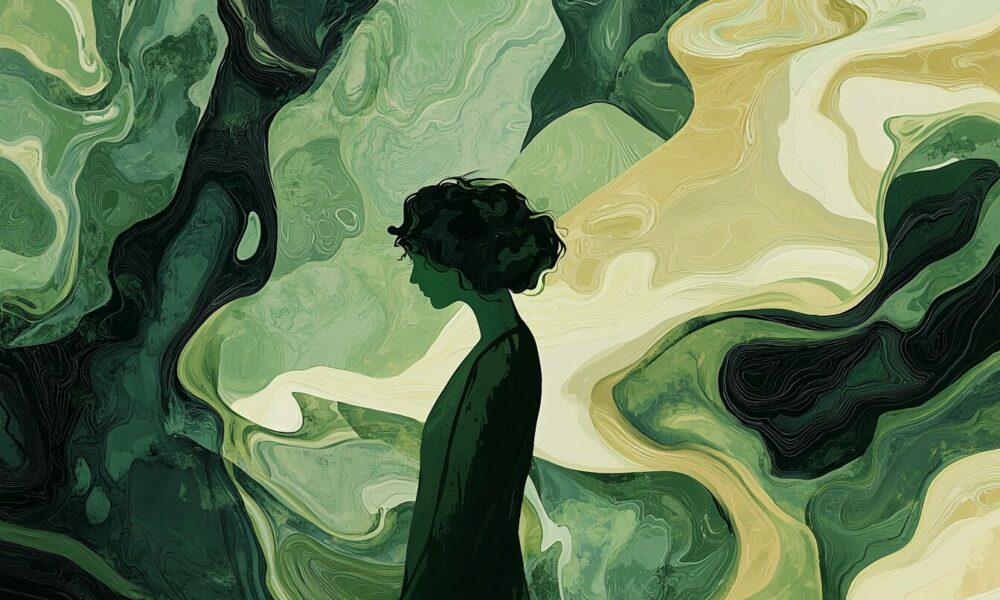What is NFT Art: Revolutionizing Digital Creativity and Ownership

According to Forbes, Non-fungible token (NFT) art has emerged as a groundbreaking phenomenon in the digital creative landscape, transforming how we perceive, value, and trade digital assets. At its core, NFT art refers to digital creations tokenized on blockchain networks, most commonly Ethereum, as unique, verifiable assets. This technology has opened up new avenues for artists, collectors, and investors alike, fundamentally altering the dynamics of the art market.
The concept of NFTs addresses a long-standing issue in the digital realm: the ease of replication. While digital files can be copied infinitely, NFTs introduce scarcity and uniqueness to digital art. Each NFT is a one-of-a-kind token that represents ownership and authenticity of a specific digital artwork. This ownership is recorded on a blockchain, providing a transparent and immutable record of provenance.
Creating NFT art involves a process known as minting, where the digital artwork is uploaded to a blockchain network through an NFT marketplace. Popular platforms like OpenSea, Rarible, and SuperRare facilitate this process, allowing artists to set terms for their work, including pricing and potential royalties on future sales. The artwork itself is typically stored on decentralized file systems like IPFS (InterPlanetary File System) to ensure longevity and accessibility.
One of the most significant advantages of NFT art for creators is the potential for ongoing royalties. Smart contracts, which are self-executing contracts with terms directly written into code, can be programmed to automatically allocate a percentage of secondary sales back to the original artist. This feature addresses a long-standing issue in the traditional art world, where artists often don’t benefit from the appreciation of their work over time.
The NFT art market has seen explosive growth, with some high-profile sales capturing global attention. Beeple’s “Everydays: The First 5000 Days” sold for a staggering $69 million at Christie’s in 2021, marking a pivotal moment for NFT dApps Forbes reported. This sale not only legitimized NFTs in the eyes of the traditional art world but also demonstrated the massive potential value of digital art.
However, the NFT art space is not without its challenges. Environmental concerns have been raised due to the energy-intensive nature of blockchain networks, particularly Ethereum. The industry is responding with moves towards more energy-efficient consensus mechanisms and the exploration of alternative, eco-friendly blockchain solutions.
Copyright infringement and theft pose another significant challenge. The ease of minting NFTs has led to instances of artwork being tokenized without the creator’s permission. This has sparked debates about the need for better verification processes and the legal implications of NFT ownership versus copyright ownership.
The impact of NFT art extends beyond individual artists and collectors. It’s reshaping the entire art ecosystem, from galleries and auction houses to art schools and critical theory. Traditional art institutions are grappling with how to incorporate NFTs into their operations, while new, entirely digital galleries and museums are emerging.
NFT art is also blurring the lines between different creative disciplines. Musicians, filmmakers, and even authors are exploring NFTs as a means of distributing and monetizing their work. This convergence is giving rise to new forms of multimedia and interactive art that challenge conventional categorizations.
For collectors and investors, NFT art presents both opportunities and risks. The market’s volatility can lead to significant gains but also substantial losses. The long-term value of NFTs remains a subject of debate, with skeptics questioning whether the current enthusiasm will sustain over time.
As the technology matures, new possibilities are emerging. Fractional ownership of high-value NFTs is allowing broader participation in the market. Virtual and augmented reality integration is creating immersive experiences around NFT art. The concept of metaverses – shared virtual spaces – is providing new contexts for displaying and interacting with digital art.
The future of NFT art is likely to involve increased interoperability between different blockchain networks, more sophisticated approaches to digital rights management, and continued innovation in how digital creativity is expressed and valued. As the lines between the physical and digital worlds continue to blur, NFT art stands at the forefront of a new era in creative expression and ownership.





